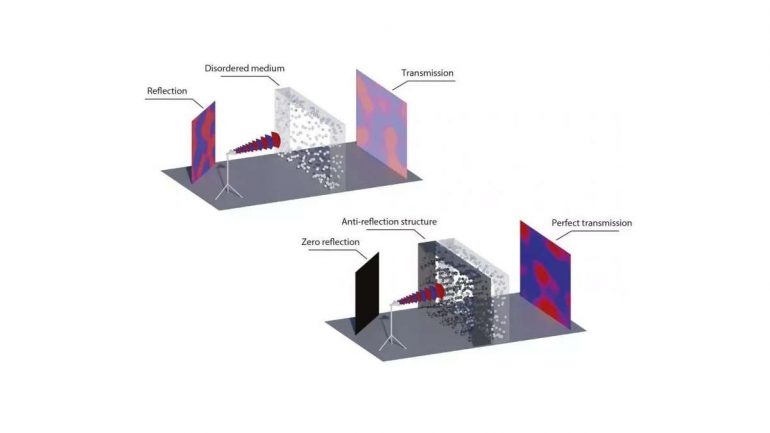Since the demand for WiFI systems has increased a staple problem has been the annoying WiFi dead spots affecting our everyday use and usually at home.
The typical solution is to set up WiFi Mesh systems to cover your whole living area which is not really possible for other people due to space and/or budget concerns.
What if that weren’t a problem anymore and we could say goodbye to WiFi Dead Spots for good?
In a report from Newsweek, Austrian scientists at the Vienna University of Technology and Rennes University have unveiled details regarding a way to remove reflections caused by dense materials.
This group of scientists published a paper entitled “Anti-reflection structure for perfect transmission through complex media”.
No More WiFi Dead Spots

According to these scientists, the proposed solution can be compared to how the anti-reflective coating on glasses works. The said coating can allow light to pass through freely through the lenses preventing light from bouncing off them which causes reflections.
Similar to this concept, the scientists use a special coating to let the WIFi radio waves travel through solid materials.
“You first have to simply send certain waves through the medium and measure exactly how these waves are reflected by the material. We were able to show that, with this information, a corresponding compensating medium can be calculated for any medium that scatters waves in a complex way, so that the combination of both media allows the wave to pass completely.”
Michael Horodynski, Co-Author
This means, in layman’s terms, they were able to mathematically calculate how radio waves pass through a material and then use that data to create a substance that can allow it to avoid unwanted reflections.
To confirm their findings, the group of scientists tested their method by using microwaves and sent them through a “metallic waveguide” that consists of small metal and Teflon materials. This showed that only 50% of the microwaves made it through while the rest were reflected.

The scientists then measured the said microwave’s movement through the waveguide and created an anti-reflective surface based on that. This following test then resulted in 100% of the microwaves being able to pass through.
With this promising method, it is possible that it can be applied to other radio waves as well like cellular and even telescopes that use radio waves used for the discovery of distant celestial bodies in outer space.
However, this technology is still in its infancy but the future use it promises is really interesting and would be quite helpful.
Started his freelancing adventure in 2018 and began doing freelance Audio Engineering work and then started freelance writing a few years later.
Currently he writes for Gadget Pilipinas and Grit.PH.
He is also a musician, foody, gamer, and PC enthusiast.






